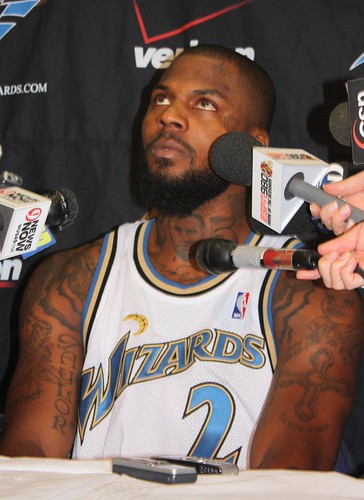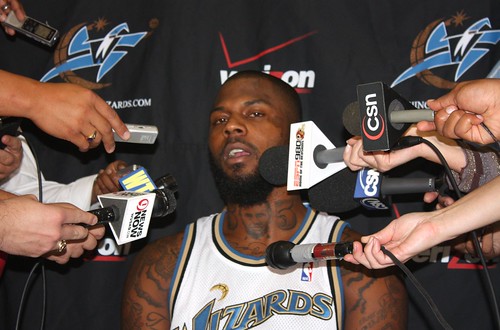sport historian
Master
- Joined
- Dec 18, 2004
- Messages
- 3,019
jaxvid said:Steve Sailer's got a good column about Nowitski titled "Basketball's de facto discrimination against whites" on the vdare.com homepage.
I also note that the articles I have read about the win by the Mavs indicates that the Heat are disliked across the country. Why, according to the MSM just about everybody HATES the Heat, especially Lebron James. Why then, I wonder, does he have such HUGE endorsement contracts??? I'm guesssing black amerika does not hate the Heat, in fact they really like them. I think it's just more revisionist b.s. put out by the media to mislead.
I think Sailer keeps an eye on this site.












